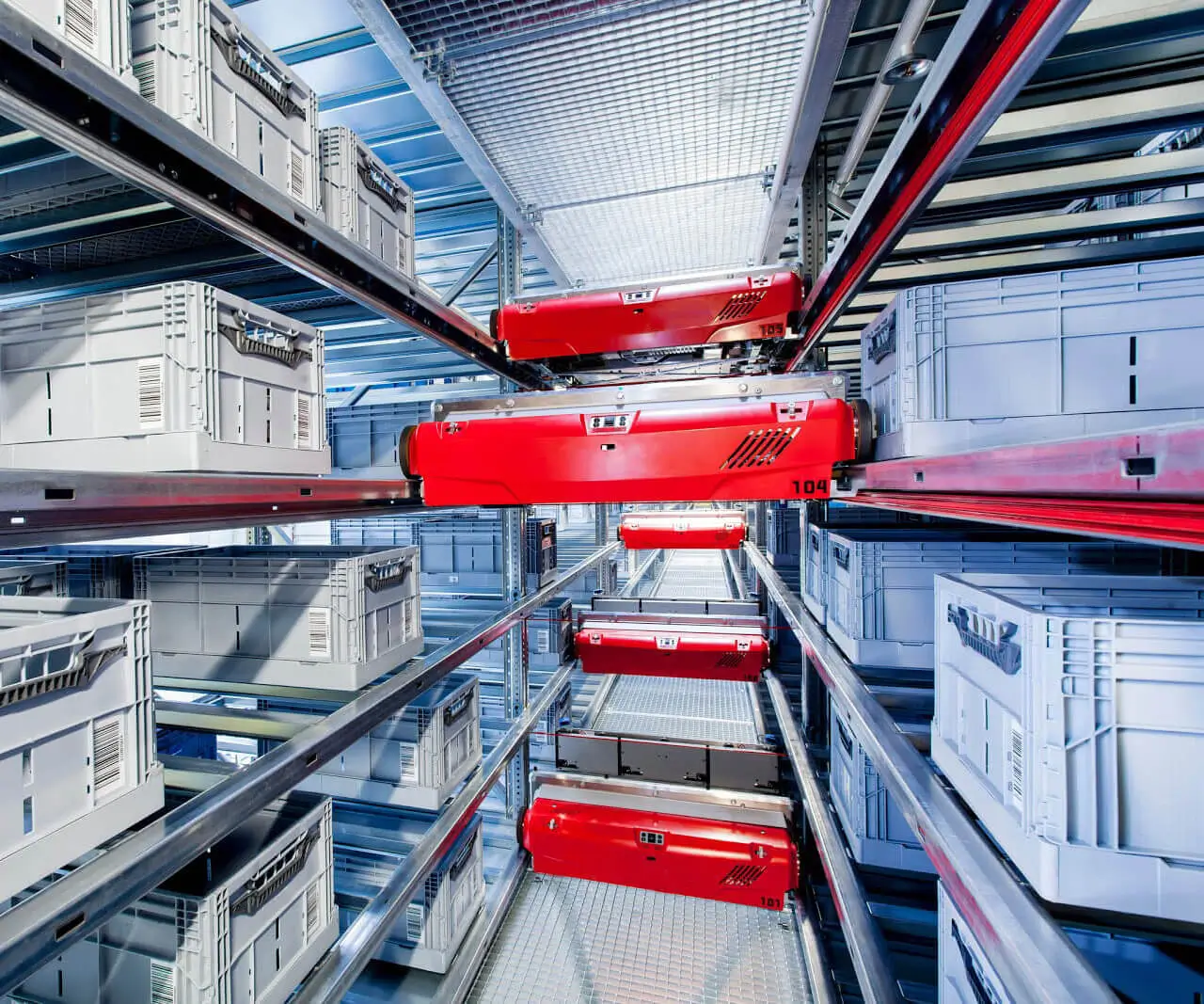The Evolution of Motor Control: Why Servo Motors with Encoders Are Game-Changers
In the world of automation, robotics, and precision machinery, the quest for accurate, efficient, and reliable motion control is relentless. Among the crown jewels of this technology are servo motor systems paired with encoders, an innovation that marries high-performance electric motors with sophisticated feedback mechanisms. Together, they create a dynamic duo capable of delivering unmatched precision in various applications, from industrial automation to aerospace.

What Are Servo Motors and Encoders?
At their core, servo motors are a category of rotary or linear actuators designed to provide precise control of angular or linear position, velocity, and acceleration. Unlike simple electric motors that run continuously, servo motors operate with a control system that allows for fine-tuned movements. This control system, often called a servo drive, interprets feedback signals to adjust the motor’s output in real-time.
Encoders are the essential components that provide this feedback. Essentially, an encoder is a sensor attached to the motor shaft that converts mechanical position or speed into digital or analog signals. These signals are then sent back to the servo drive, which uses the information to adjust the motor's operation accordingly.
In essence, using an encoder with a servo motor creates a closed-loop control system. This means the motor's actual position or speed is constantly monitored and compared to the desired setpoint, enabling the system to correct any deviations instantaneously. This setup stands in contrast to open-loop systems, where the motor runs without feedback, making them less accurate and less adaptable to disturbances.
The Core Components: How They Work Together
To better understand how servo motors with encoders operate, it's helpful to visualize their main components:
Servo Motor: The actuation device itself, designed for high torque and responsiveness. Encoder: The feedback sensor that measures the rotation or position. Servo Drive (Controller): The brain that processes encoder signals and determines how to supply power to the motor. Power Supply: Provides the necessary electrical energy.
The process begins with the control system setting a target position or speed. The encoder continuously feeds back real-time information about the motor’s current state. The servo drive compares this feedback with the command, calculates any error (difference), and then modulates the power supplied to the motor—adjusting voltage, current, or frequency—to minimize that error.
Types of Encoders Used in Servo Systems
Encoders come in several types, each with specific advantages suited to particular applications:
Incremental Encoders: These provide relative position data by generating pulses as the shaft rotates. They're simple, cost-effective, and suitable for applications where absolute position isn't critical. Absolute Encoders: These give a unique digital code for each position, providing exact position data even if power is lost. They're critical for scenarios requiring position retention without reference moves. Optical Encoders: Using light interruption, they offer high resolution and accuracy, ideal for precision motion control. Magnetic Encoders: Employ magnetic fields to detect position, known for durability in harsh environments. Capacitive Encoders: Use changes in capacitance for position sensing, often in high-precision setups.
The choice depends on factors like required accuracy, environmental conditions, and system cost.
Benefits of Combining Servo Motors with Encoders
When you pair a servo motor with an encoder, the outcome is a highly versatile and robust control system. Here are some standout advantages:
High Precision and Accuracy: Encoders provide detailed positional feedback that enables fine control—down to fractions of a degree. Fast Response Time: Closed-loop control reduces response delays, making the system highly responsive and suitable for applications demanding rapid movements. Smooth Motion: Servo systems can execute fluid and accurate operations, avoiding abrupt starts and stops. Adaptability: They can compensate for external disturbances, load variations, and wear, maintaining consistent performance over time. Energy Efficiency: Precise control minimizes energy wastage by supplying power only as needed. Repeatability and Reliability: Projects requiring repetitive tasks benefit immensely through consistent motion precision.
Popular Applications: Where Are These Technologies Used?
Servo motors with encoders are ubiquitous in sectors demanding rigorous motion control. Some notable examples include:
Industrial Automation: Assembly lines use these systems to position robotic arms, conveyor belts, and CNC machines with remarkable accuracy. Robotics: Precise joint control for robotic limbs is achievable thanks to encoder feedback. Aerospace: Flight control systems and satellite positioning require reliable, high-accuracy actuators. Medical Equipment: MRI machines, surgical robots, and laboratory automation rely on delicate, precise movements. Automotive Manufacturing: Laser welding, component placement, and testing stations. Printing and Packaging: High-speed, accurate movement crucial for quality production.
Understanding the Control Loop: Accuracy in Action
To appreciate the full potential of servo systems with encoders, it's worth delving into their control loop operation. Consider a robotic arm executing a pick-and-place task. The control system sets the desired position for the arm's joint. As the motor moves, the encoder reports the actual position back to the controller. If the arm lags behind, the controller detects the deviation and supplies additional current to correct it. This real-time correction happens hundreds or thousands of times per second, ensuring that the arm accurately reaches its target position without overshoot or oscillation.
This closed-loop process is what distinguishes servo systems from other motor types, such as stepper motors, which operate primarily open-loop and rely on command pulses without direct feedback. The advantage? Better accuracy, responsiveness, and adaptability to changing loads.
Kpower has delivered professional drive system solutions to over 500 enterprise clients globally with products covering various fields such as Smart Home Systems, Automatic Electronics, Robotics, Precision Agriculture, Drones, and Industrial Automation.




































